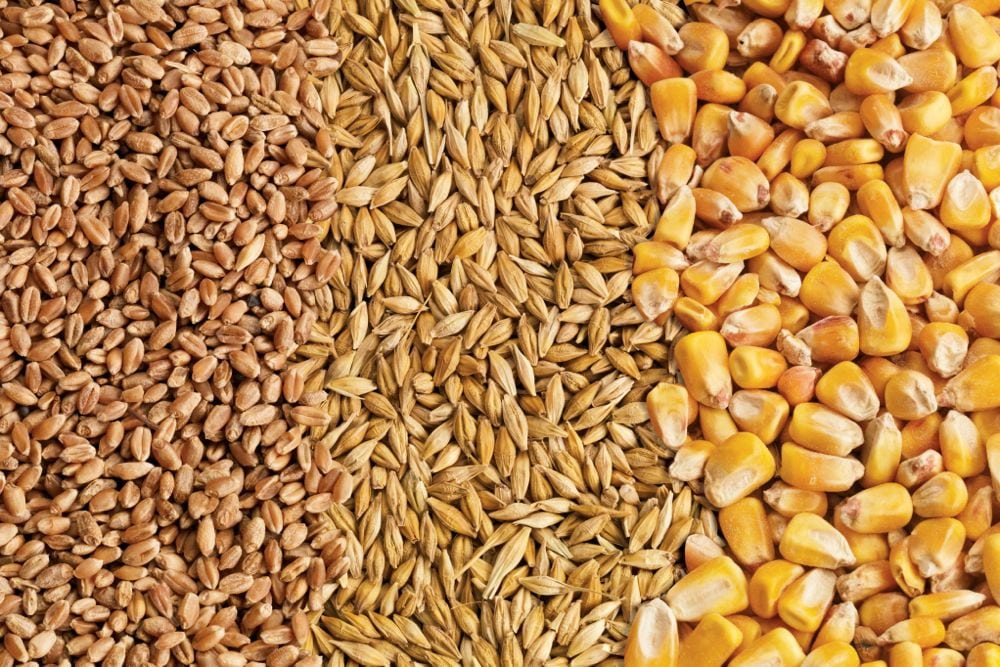Asian soybean rust has infected a Canadian soybean crop for the first time, but too late in the year to do damage, according to Ontario’s soybean growers’ association.
The Ontario Soybean Growers, in a statement Friday, said staff from the Ontario Ministry of Agriculture, Food and Rural Affairs and Agriculture and Agri-Food Canada have tested sample soybean leaves which confirm soy rust has spread through wind-borne spores from the U.S. The disease has so far been confirmed on a plant on a field at Ridgetown, Ont., southwest of London.
Read Also

Feed Grain Weekly: Prices starting to pick up
Prices for feed grain are “grinding higher” said Evan Peterson, trader with JGL Commodities in Saskatoon.
State and federal agriculture officials have tracked the disease’s spread up through several soy-producing states since it first reached the U.S. in the fall of 2004. While not harmful to people or animals, soybean rust can do significant damage to yields in affected soy crops.
“However, it is too late in the growing year for the disease to affect soybean yields” in Ontario in 2007, said OMAFRA plant pathologist Albert Tenuta in the OSG release.
“Researchers can’t predict how the disease will act in Canada’s climate, but we do not expect this disease to overwinter in Ontario.”
That’s because soy rust, like other rust pathogens, needs a living host to survive, reproduce and overwinter. It’s not likely that the disease would find such a host in Ontario or the northern U.S. because the usual hosts lack green tissue during the winter.
However, Tenuta said, given the Ridgetown case and cases spotted recently in northern Iowa, soybean growers may be seeing the beginning of a pattern in which Asian soy rust moves more frequently into the northern edges of North America’s soy-producing regions.
Whether such cases lead to more serious outbreaks would depend on wind patterns and the arrival of airborne spores at a more favourable point in the season for the disease to spread.
“We knew soybean rust would eventually be introduced to Canada, and that it was only a matter of time,” said OSG general manager Dale Petrie in the release.
Soybean rust can be managed through timely crop scouting and the use of fungicides. The disease first appears as small lesions on the lower leaves of an infected plant. The lesions increase in size and change from grey to tan or reddish-brown on the undersides of leaves.














